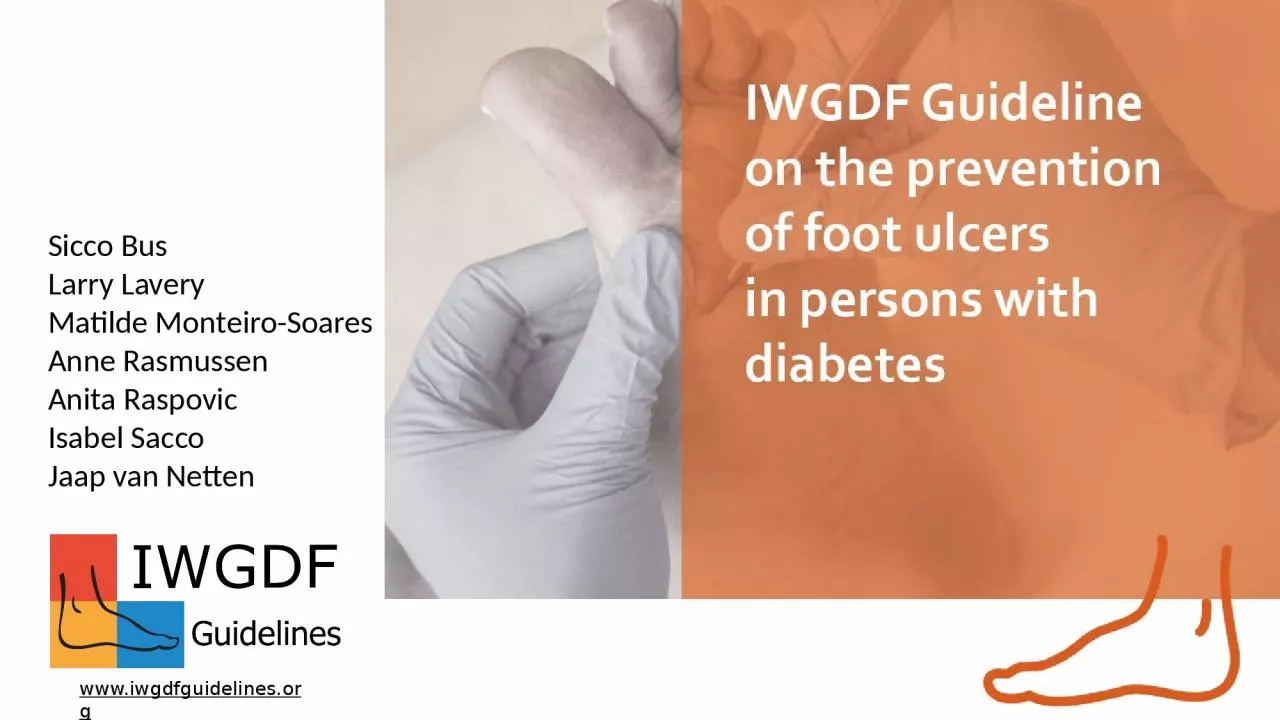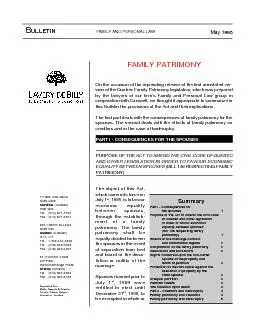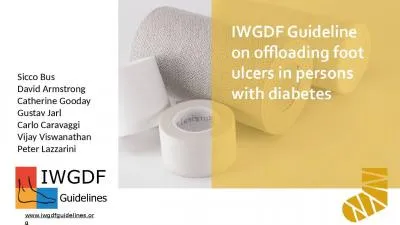PPT-Sicco Bus Larry Lavery
Author : BraveBlackbird | Published Date : 2022-08-03
Matilde Monteiro Soares Anne Rasmussen Anita Raspovic Isabel Sacco Jaap van Netten wwwiwgdfguidelinesorg Guideline meeting Berlin September 2018 Slides courtesy
Presentation Embed Code
Download Presentation
Download Presentation The PPT/PDF document "Sicco Bus Larry Lavery" is the property of its rightful owner. Permission is granted to download and print the materials on this website for personal, non-commercial use only, and to display it on your personal computer provided you do not modify the materials and that you retain all copyright notices contained in the materials. By downloading content from our website, you accept the terms of this agreement.
Sicco Bus Larry Lavery: Transcript
Download Rules Of Document
"Sicco Bus Larry Lavery"The content belongs to its owner. You may download and print it for personal use, without modification, and keep all copyright notices. By downloading, you agree to these terms.
Related Documents














